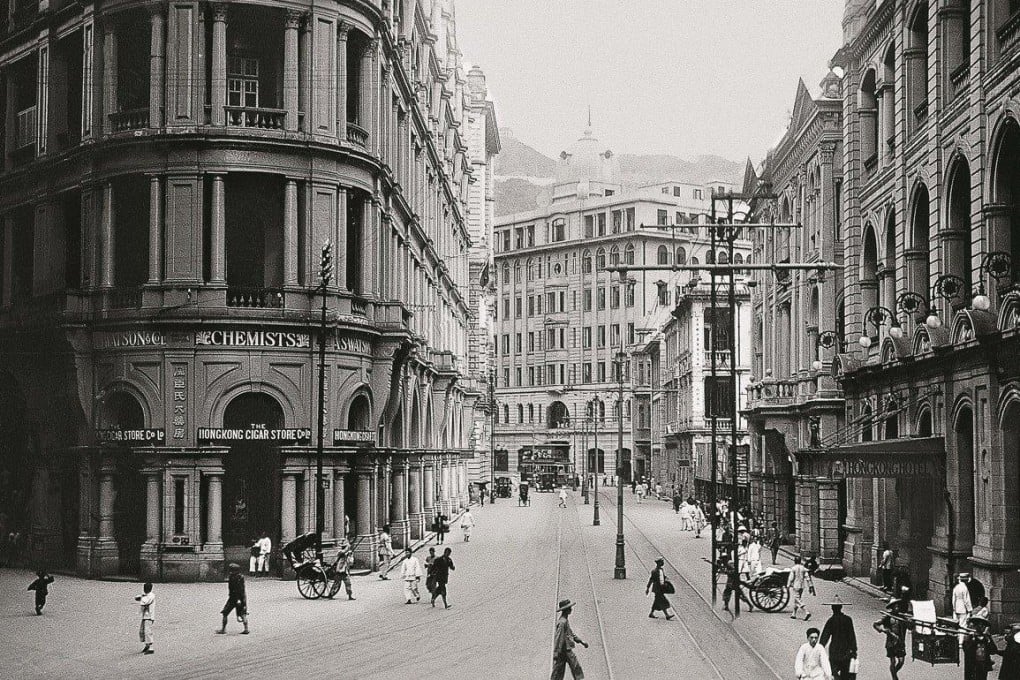120 years of SCMP: from AS Watson to HSBC and Star Ferry, many of Hong Kong’s oldest businesses predated the Post
- When the South China Morning Post made its first print run in November 1903, Hong Kong was already a bustling entrepot teeming with a vibrant business community
- AS Watson, founded in Guangzhou in 1828 and established in Hong Kong formally in 1841, is the oldest surviving business the city

When the Australian-Chinese activist Tse Tsan-tai and the British journalist Alfred Cunningham published the first print run of the South China Morning Post in November 1903, Hong Kong was already a bustling entrepot teeming with a vibrant business community that served foreign merchants in their commercial activities.
At least a dozen of those companies that preceded the birth year of the Post remain to this day.
AS Watson, 1828
The company traces its roots to 1828 as the Canton Dispensary and Soda Water Establishment in southern China’s Guangzhou city (formerly transliterated as Canton), making it Hong Kong’s oldest surviving business.
Now part of CK Hutchison, AS Watson is the world’s largest retail group, operating more than 16,100 stores in 28 markets, serving more than 5.5 billion customers a year. It runs the Watsons, PARKnSHOP, Fortress and Watsons Wine brands. “Hong Kong is also where we invest in a strong team of technology and data experts,” said its Malina Ngai, CEO of AS Watson (Asia and Europe).
It reported US$22 billion in revenue last year, and employed more than 130,000 people worldwide, including 12,900 in Hong Kong.